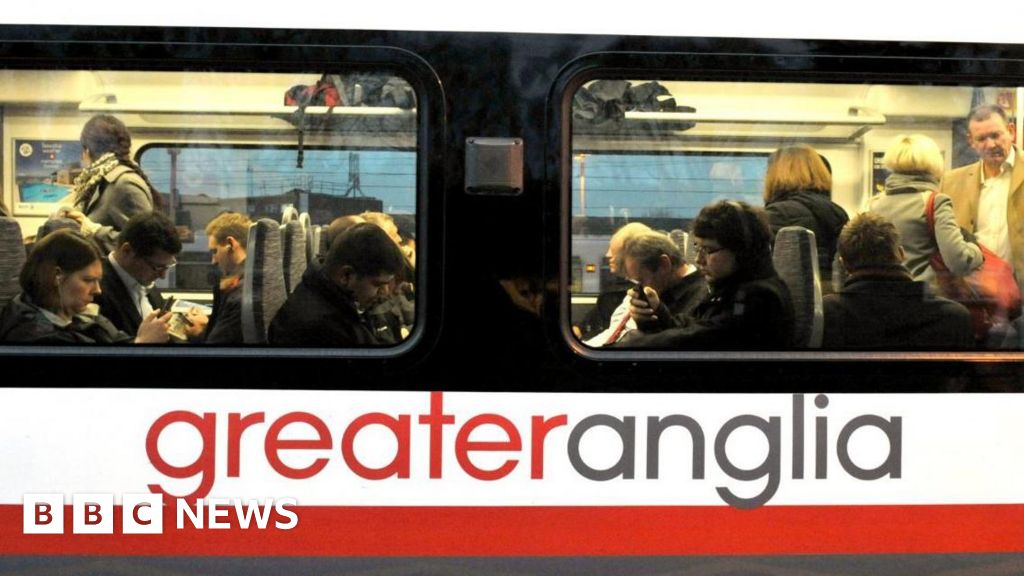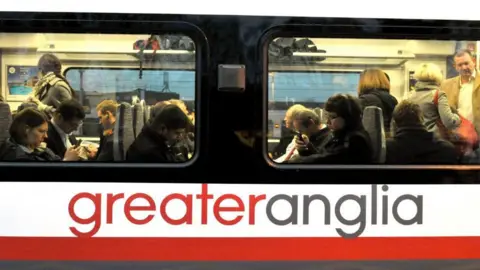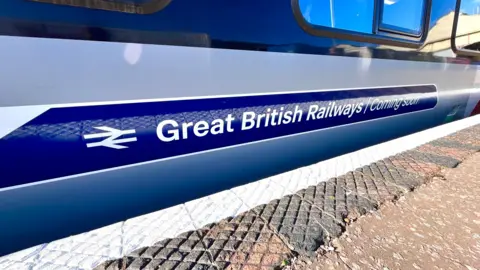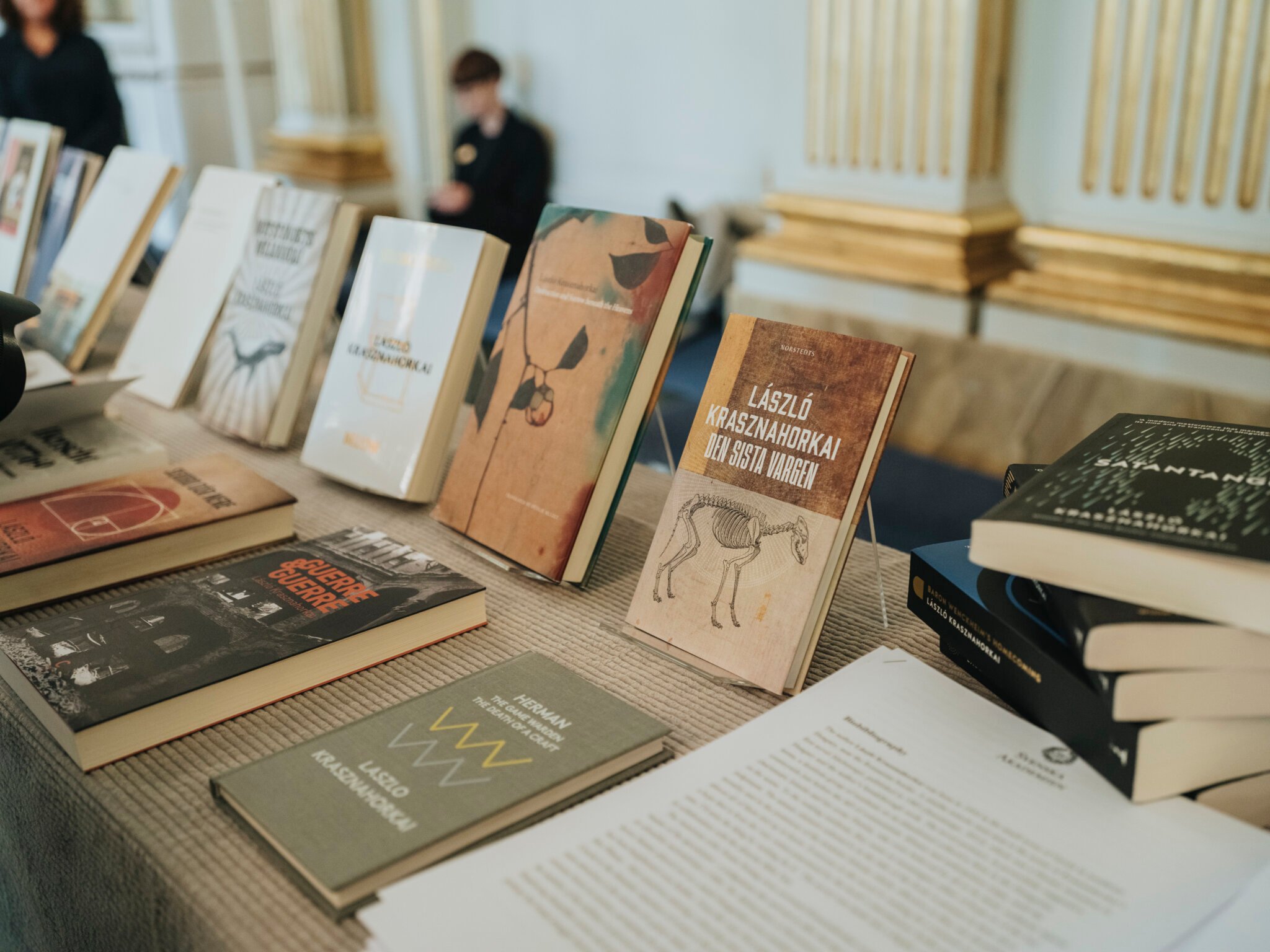Curious about 2025 literature laureate László Krasznahorkai but unsure which of his books to pick up first? Here members of the Swedish Academy give their recommendations.
Blog
-

Robin and Ecklund Advance to Doubles Round of 16 at ITA Regional Championships
WEST LAFAYETTE, Ind. – On the third day of the Intercollegiate Tennis Association (ITA) Ohio…
Continue Reading
-

Could heart attack symptoms be mistaken for ‘gas’ issues? Max Hospital cardiologist explains
Symptoms of heart attacks are often misinterpreted as sudden chest pain, pressure, or the classic “elephant on the chest.” Many people ignore subtle signs such as bloating, gas, or indigestion, assuming it’s just digestive issues. However,…
Continue Reading
-

Selvaraj, Schwartzman Advance to Quarterfinals at ITA Texas Regional
FORT WORTH — Rice’s Nithesa Selvaraj and Darya Schwartzman each advanced to the quarterfinals in singles play Saturday at the ITA Texas Regional, hosted by TCU.Selvaraj defeated Addison Yang Comiskey 6-2, 7-3 before outlasting Yekaterina…
Continue Reading
-

How to Get Shiny Solosis, Shiny Duosion, and Shiny Reuniclus in Pokemon GO: Shiny Odds, Appearance, Best Tips, and More | Esports News
Completing the Shiny Solosis family in Pokemon GO – featuring Solosis, Duosion, and Reuniclus – requires careful timing, strategy, and participation in special events like the October 2025 Community Day. © USA Today Network/Reuters Connect
Michigan’s industrial capital is Detroit, the historic birthplace of the US car sector. Ever since Henry Ford built the world’s first moving assembly line there in 1913, it has been an emblem of the US’s technological and manufacturing prowess.
But that prowess is based on supply chains that are complex and global — and will be hard to replace.
“As much as we want to build walls around ourselves here and live in this protected box, it’s impossible,” said Mary Buchzeiger, chief executive of Lucerne International, which forges and casts vehicle components 30 miles outside Detroit.
“We just don’t have the manufacturing footprint any more . . . to produce everything we need to consume here in the US.”
Suppliers have watched with concern as the Big Three reel from the upheaval caused by tariffs, particularly the 25 per cent levy on imported car parts. “This is a $2bn headwind that really restricts our future investment,” Ford chief executive Jim Farley said last month.
“The automotives are bleeding, and the question is, if they don’t survive, what does it look like for the rest of us?” said Lisa Lunsford, chief executive of GS3, which makes aluminium and steel alloy parts.

Carrin Harris, chief executive of Blitz Proto, said: ‘Costs were changing on a day-to-day basis due to fluctuations in tariffs’ © Sylvia Jarrus/FT One victim of the tariff regime is AlphaUSA, a Detroit-based group that makes precision metal components. Chuck Dardas, president, said the company is incurring additional costs of $250,000 a month because of the 50 per cent tariff it pays on steel nuts it imports from Taiwan — a lot for a company with annual sales of $65mn.
“This is existential for a company our size,” Dardas said.
Already, some players have gone to the wall. In June, Japan’s Marelli, a big supplier to Stellantis and Nissan, filed for bankruptcy protection in Delaware. Its chief executive said it had been “severely affected” by US tariffs.
Gretchen Whitmer, Michigan’s Democratic governor, has at times sounded sympathetic to Trump’s approach to trade, bemoaning “decades of offshoring and outsourcing” that “shipped hundreds of thousands of good-paying, middle-class jobs overseas”.
But she has also lamented the tariff-related uncertainty that has prompted some companies to scale back or consider moving production overseas. “Dangerously ironic, the national tariff chaos does the opposite of the administration’s goal — companies are cutting, not creating jobs in Michigan,” she said.
Glenn Stevens, executive director of MichAuto, a lobby group, said the industry’s situation is “unprecedented”. “We’ve been through a lot of inflection points, but I don’t think I’ve ever seen anything like the dynamics at play here,” he said.
Tariffs are just the latest setback for a sector bedevilled by disruption. First came a pandemic that jolted global supply chains. Then, a slump in demand for electric vehicles threw carmakers’ expansion plans into disarray. Now, they face a growing threat from Chinese rivals challenging their global dominance in traditional markets.
“Our industry is already a mess, and [the tariffs] are a mess on top of a mess,” said Buchzeiger. She said Lucerne International is paying a 72.5 per cent tariff on the goods it produces in China and imports to the US.
Suppliers say the worst aspect of the new policy is its haphazard nature. Pat D’Eramo, chief executive of Martinrea International, a Canadian parts supplier with engineering facilities in Michigan, cited the US government’s shock decision in August to expand the steel and aluminium derivative products subject to import levies
“That drove some commodity prices up as much as 400 per cent,” said D’Eramo.
The tariffs have created anomalies that, to many, seem illogical. D’Eramo said Martinrea pours stainless steel in Indiana which it sends to Canada to be made into tubes. “When it comes back we have to pay a tariff on both the stainless steel — that was American-made — as well as the tube,” he said. “There’s some slop in the system.”
Suppliers are in the painful position of having to pay the tariff upfront and then wait to be reimbursed by their customers — a process that cuts into cash flow and vastly increases their working capital costs.
AlphaUSA’s Dardas is negotiating with his customers to receive compensation, but some carmakers are refusing to pay all the tariff-related costs incurred by their suppliers. “I won’t be having this conversation with you this time next year if we don’t get recovery,” he said.

Lisa Lunsford, CEO of GS3, said: ‘The automotives are bleeding, and the question is, if they don’t survive, what does it look like for the rest of us?’ © GS3 Some big car companies have demanded suppliers source more of their raw materials and parts in the US, but that can be hard to do.
Dardas said he approached several US manufacturers of nuts but “99.9 per cent of the time” the price they quoted was higher than the cost of the Taiwanese product, even including the tariff.
Grigowski said Team 1 Plastics had the same problem: there was no alternative to the $345,000 Japanese machine he bought earlier this year. “Seventy per cent of injection moulding machines are imported,” he said.
The smaller the company, the greater the disruption can be. Carrin Harris, head of Blitz Proto, a three-person prototyping firm in Farmington Hills, Michigan, said the price of the stainless steel components it uses rose 21 per cent between April and September. Other parts are now 50 per cent more expensive than before the tariffs.
That has wreaked havoc on the company’s price estimates. In the past, any quote it made for a job was valid for 30 days, she said. Now, it expires after a week. “Costs were changing on a day-to-day basis due to fluctuations in tariffs,” she said. “[So] there’s no way we can accurately determine what the cost is going to be anymore.”
While the levies have not fed into car prices, analysts say it is only a matter of time — especially once dealers exhaust pre-tariff inventories.
Gabriel Ehrlich, an economic forecaster at the University of Michigan, predicts the price of domestic and imported vehicles will increase 9.6 per cent on average over the several years it takes supply chains to adapt to Trump’s tariffs.
“Using 2024 prices this would raise the average cost of a vehicle by roughly $4,500 if profit margins stay the same,” he wrote in September.
Ehrlich said he also expects tariffs to trigger a decline in domestic car production, with the output of light vehicles falling by 313,000 units, or 3.1 per cent, annually. Light vehicle sales will fall by nearly 780,000 units a year and exports by 320,000 units, he predicted.
The levy on imported steel and aluminium is a key driver of the cost increases that have hit the industry, he added.
“Overall there’s a net cost to the state of Michigan, because those are major inputs into cars and light trucks,” Ehrlich said.
Meanwhile, car parts suppliers yearn for more stable times. “When are we going to get a break?” said D’Eramo of Martinrea. “Because it’s been five years of battle after battle and our margins have shrunk throughout all of this.”
Continue Reading
-

Svenskt Tenn, the home of Scandi maximalism
Unlock the Editor’s Digest for free
Roula Khalaf, Editor of the FT, selects her favourite stories in this weekly newsletter.
Svenskt Tenn, the Swedish home furnishings and interior design company, has always been a curiosity. A commercial entity…
Continue Reading
-

Dolphins may be getting Alzheimer’s from toxic ocean blooms
For many nature enthusiasts, few scenes are as distressing as finding a stranded whale or dolphin lying helpless on the beach. When these animals are still alive, marine biologists and volunteers rush to assist, shielding them from the sun and…
Continue Reading
-

Game Notes: Clemson 41, Boston College 10 – Clemson Tigers
- Game Notes: Clemson 41, Boston College 10 Clemson Tigers
- Tigers Soar Past Boston College in 41-10 Victory Saturday Night Clemson Tigers
- BC Gives Up 17 Unanswered First-Half Points, Loses to Clemson 41–10 for Fifth Straight Defeat bcheights.com
Continue Reading
-

Rail operator Greater Anglia transfers to public ownership
 PA Media
PA MediaGreater Anglia runs the key commuter service between Norwich and London Liverpool Street Greater Anglia has become the latest rail operator to enter into public ownership as part of the government’s renationalisation of the network.
The company runs trains from Cambridge, Ipswich, Norwich and Colchester to London, as well as Stansted Airport, Peterborough and smaller lines.
Its transfer on Sunday means half of all rail operators are publicly owned, which Greater Anglia described as another step towards a “simpler, more unified” network of Great British Railways.
“Passengers commuting into Norwich or heading for a day out in Cambridge will be travelling on services that are owned by the public, and run with their interests front of mind,” said Transport Secretary Heidi Alexander.
“We’re reforming a fragmented system and laying the foundations for a more reliable, efficient and accountable railway – one that puts passengers first and delivers the high standards they rightly expect.”
 Martin Giles/BBC
Martin Giles/BBCHeidi Alexander visited Norwich railway station last week, ahead of the transfer Last week Greater Anglia, which handled 81.8 million passenger journeys in 2024-25, was named Rail Operator of the Year at the National Transport Awards.
The Department for Transport (DfT) said the company, with government support, would continue to deliver regional growth.
Two new stations are opening — Beaulieu Park in north Chelmsford this month and Cambridge South early next year — and the operator has a new fleet of bi-mode trains.
 Martin Giles/BBC
Martin Giles/BBCGreater Anglia will eventually become part of Great British Railways Greater Anglia’s managing director Martin Beable said the move was an “exciting opportunity” to build on its success.
“By working more closely with the wider family of publicly owned operators, we can share expertise, drive innovation, and deliver even better journeys for our passengers across the Anglia region,” he added.
“This transition also brings us one step closer to Great British Railways – a simpler, more unified network that puts passengers at its heart.
“Together, we can create a railway that drives growth, sustainability, and pride for the communities we serve and right across the UK.”
Greater Anglia joins c2c, Northern, TransPennine Express, Southeastern, LNER and South Western Railway, which are currently operated by DfT Operator Limited (DFTO) on behalf of the government.
West Midlands Trains services will transfer back to the state on 1 February, followed by Govia Thameslink Railway (GTR) on 31 May, with Chiltern Railways and Great Western Railways services expected to follow, the DfT said.
Continue Reading



